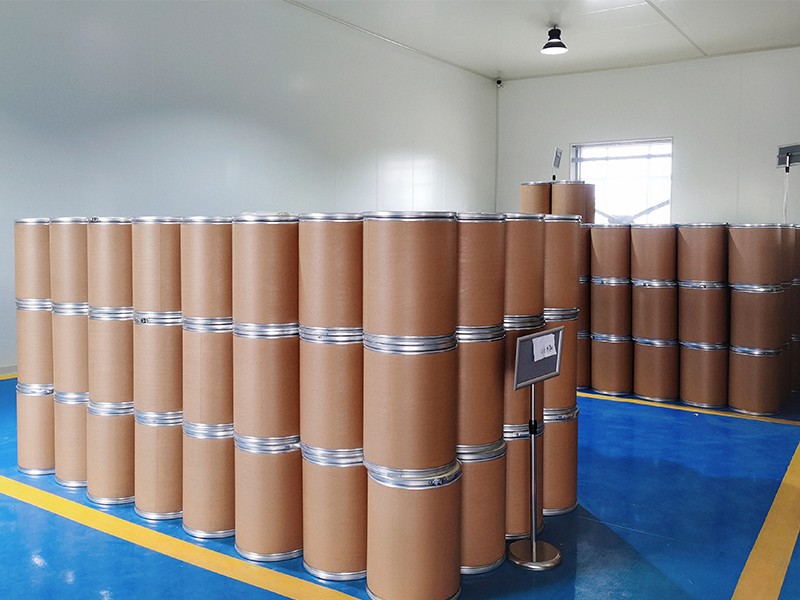The preparations can be taken orally, parenterally, in the eyes, and in the lungs. Smaller particle sizes are required for rapid dissolution in the body or arterial uptake. However, slow-release or mononuclear macrophage targeting is better for larger particles. The application of particles leads to rapid dissolution and absorption in the body, thereby improving bioavailability. As mentioned in the previous chapters, particles in the nanometer range have different physical and chemical properties from the macro/micro scale or atomic scale. The improvement of the pharmacokinetic properties of poorly soluble preparations is affected by the dissolution properties.
Indomethacin is a non-steroidal antipyretic and anti-inflammatory drug and belongs to Class II in the BCS classification. Rezaei Mokarram and his colleagues compared the dissolution rate between indomethacin particles and the physical mixture formed by micronization and PVP. They used a pH-controllable co-precipitation method to produce indomethacin in the PVP polymer. Amorphous particles on the substrate. The dissolution rate of the form of 30 minutes dissolution 45% is higher than the dissolution rate of the micronized PVP physical mixed form (30 minutes dissolution 10%). According to the author, indomethacin particles have a higher dissolution rate than indomethacin or its physical mixture with PVP, which is due to the loss of crystal form due to the reduction of its particle size and the hydrophilic polymerization. The presence of substances increases the wettability.
In another study, Liu and his colleagues combined the change of crystal habits and the reduction of particle size to synthesize celecoxib particles. Celecoxib is weakly acidic and water-soluble. In their study The dissolution rate and bioavailability of celecoxib particles are significantly improved through the reduction of particle size and the change of crystalline habits. They combined ultrasonic anti-solvent precipitation and high-pressure homogenization. This combination has proven to be a promising method for preparing small, uniform, and stable CXB particles. They use acetone and water as solvent and antisolvent, respectively. The solvent system is then injected into an aqueous solution containing hypromellose and sodium dodecyl sulfonate under ultrasonic conditions. The final CXB suspension will become more homogeneous through high-pressure homogenization. Spray drying is used for CXB suspensions because it requires less time and energy than freeze drying. According to their results, the saturated solubility of CXB particles has increased fourfold, resulting in complete dissolution in the phosphate buffer dissolution medium within 5 minutes, while the original CXB can only dissolve 30% in the same time. The Cmax and AUC0-24 h of CXB particles are 3 times and 2 times that of CXB capsules, respectively.




 全国服务热线
全国服务热线
